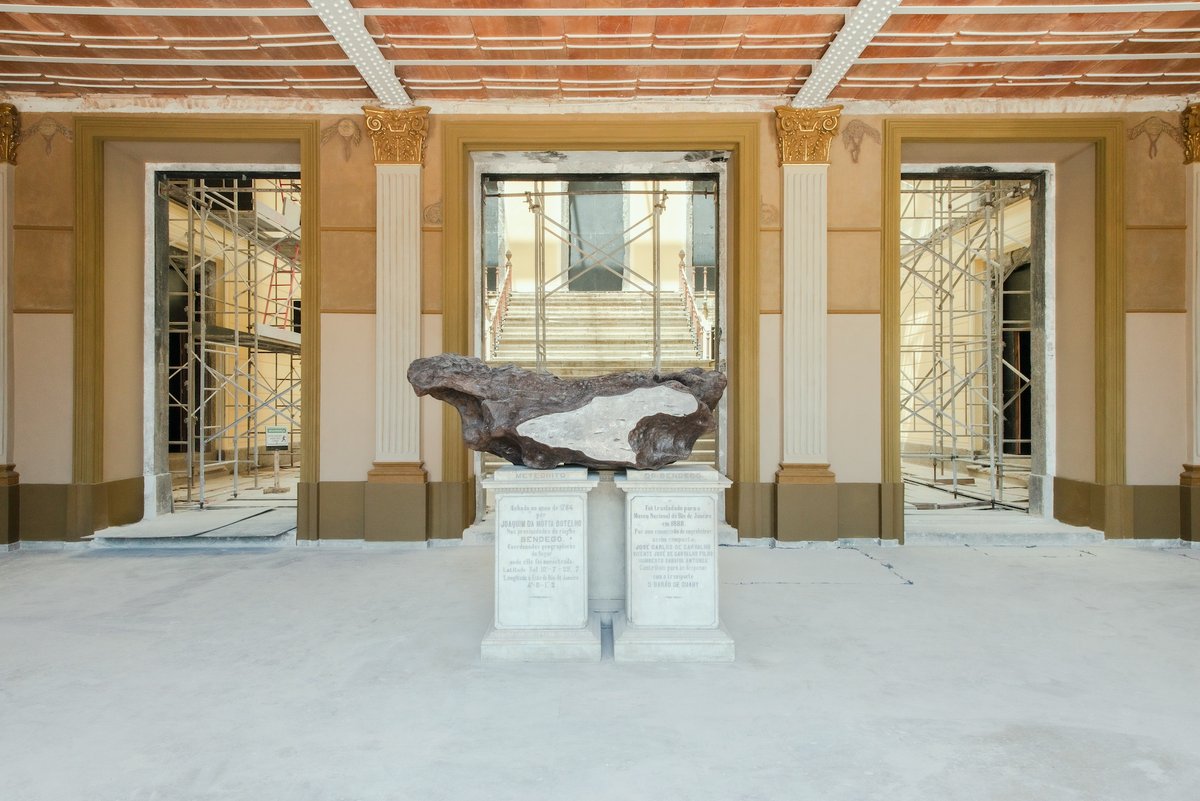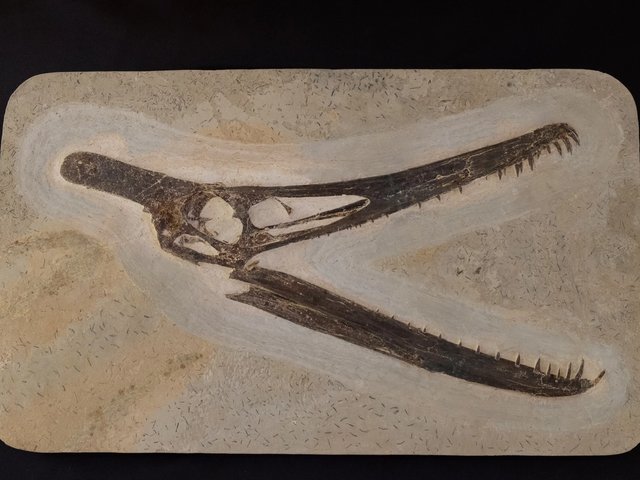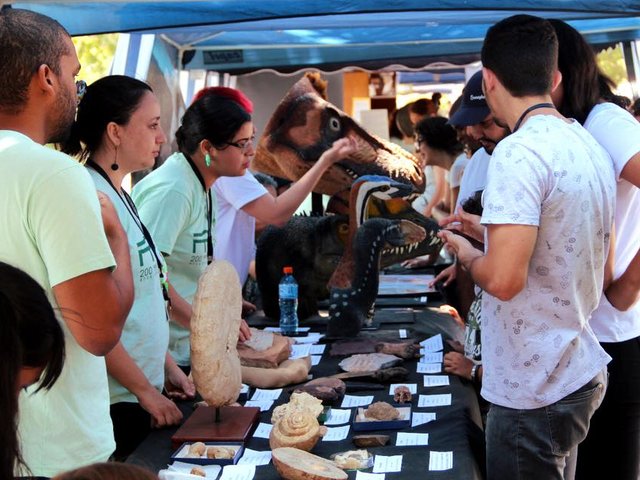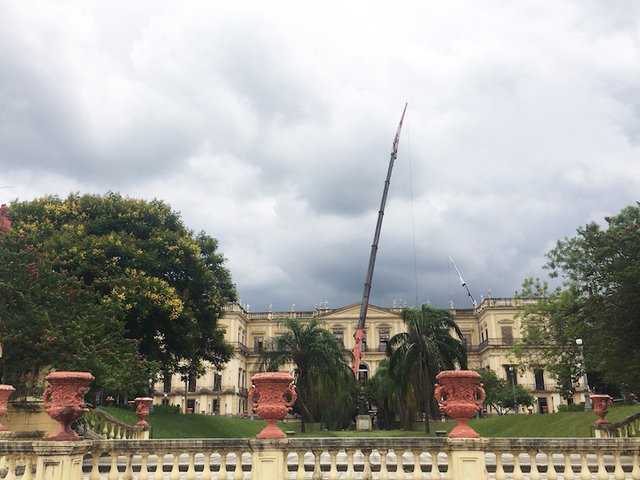The National Museum of Brazil (Museu Nacional-UFRJ) in Rio de Janeiro will soon temporarily reopen some of its galleries, nearly seven years after an electrical fire engulfed the building and destroyed around 90% of its collection. The museum aims to offer the public a glimpse into its years-long efforts to rebuild and preview the exhibitions planned for the full reopening, which is currently scheduled for 2028.
Brazil turns 200—and its National Museum rises from the ashes
During the temporary, partial reopening, the museum will hold guided tours of three rooms in the building. The first room, near the entrance of the museum, features walls covered with decorative paintings that had previously been hidden and that resurfaced during the restoration of the 19th-century building. The Bendegó meteorite, a cornerstone of the museum’s collection, which was found in 1784 in Bahia and was one of the few artefacts to survive the fire, has been installed at the centre of this room.
In the staircase courtyard, a 15m-long skeleton of a sperm whale found in 2014 in Ceará and donated to the museum in 2022 has been suspended. A skylight has also been installed in the previously open-air area. Another room includes a selection of objects that have been donated to the museum since the fire, including fossils, manuscripts, ceramics and Indigenous artefacts. Throughout these rooms, visitors can learn more about the reconstruction process.
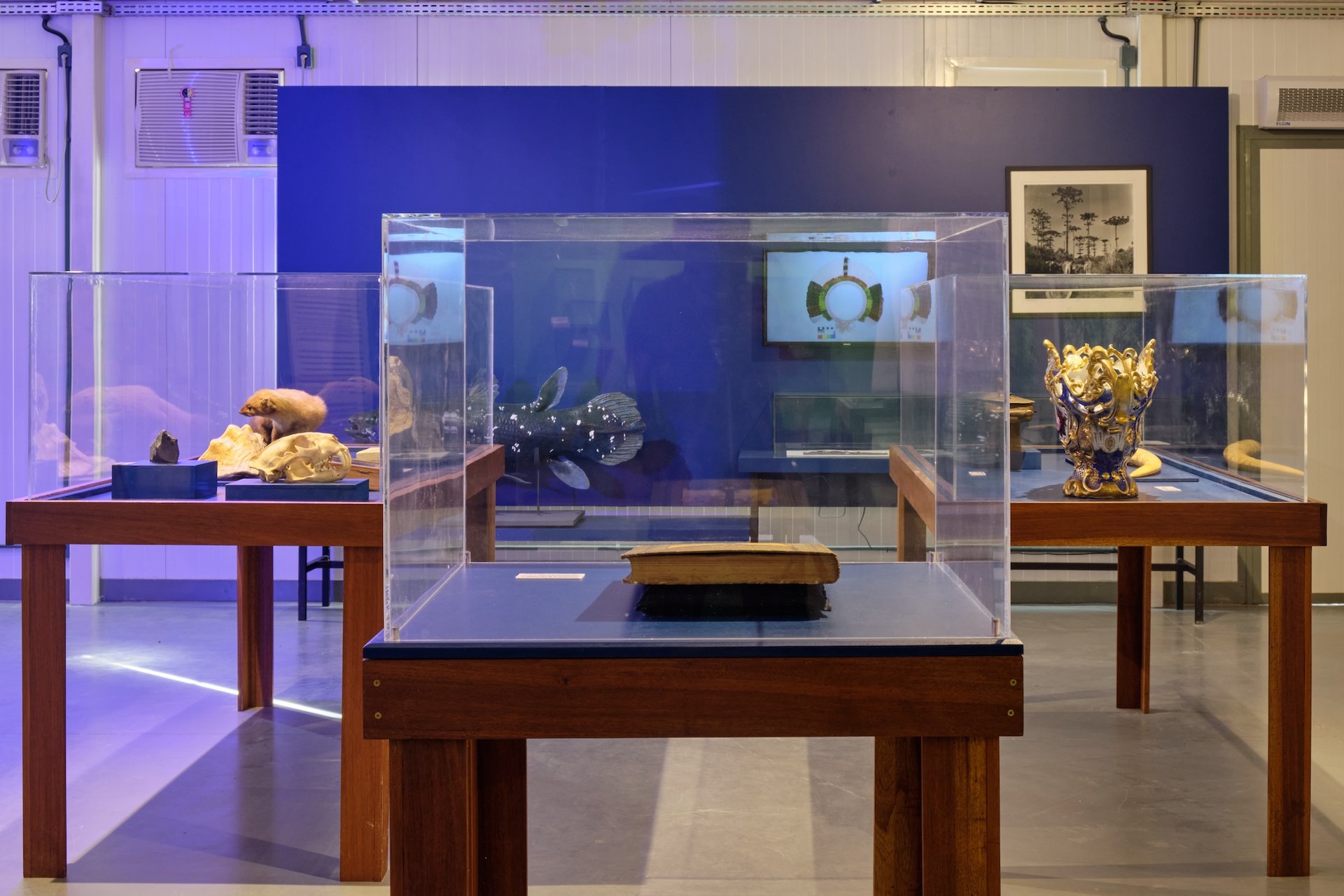
Installation view of a temporarily reopened gallery at the National Museum of Brazil (Museu Nacional-UFRJ) Photo: Diogo Vasconcellos
Known as the São Cristóvão Palace, the building was originally erected in 1808 as the residence of the Portuguese royal family and became the national museum in 1892. It had experience years of neglect and lack of funding before the fire struck in 2018.
The museum reconstruction project is budgeted at 516.8m reais ($90.4m). In a statement to The Art Newspaper, a spokesperson for the museum confirms that an additional 170m reais ($29.8m) is still needed for construction work on the building and production of long-term exhibitions.
The Museu Nacional-UFRJ held a collection spanning around 20 million objects when the fire struck on 2 September 2018. Since then, it has received 14,000 donations from public and private collections around the world. Last year, it notably received a rare 16th-century Tupinambá cloak that was repatriated to Brazil by the National Museum of Denmark. When the museum reopens, there will be a section memorialising the lost items that is installed where the fire began.
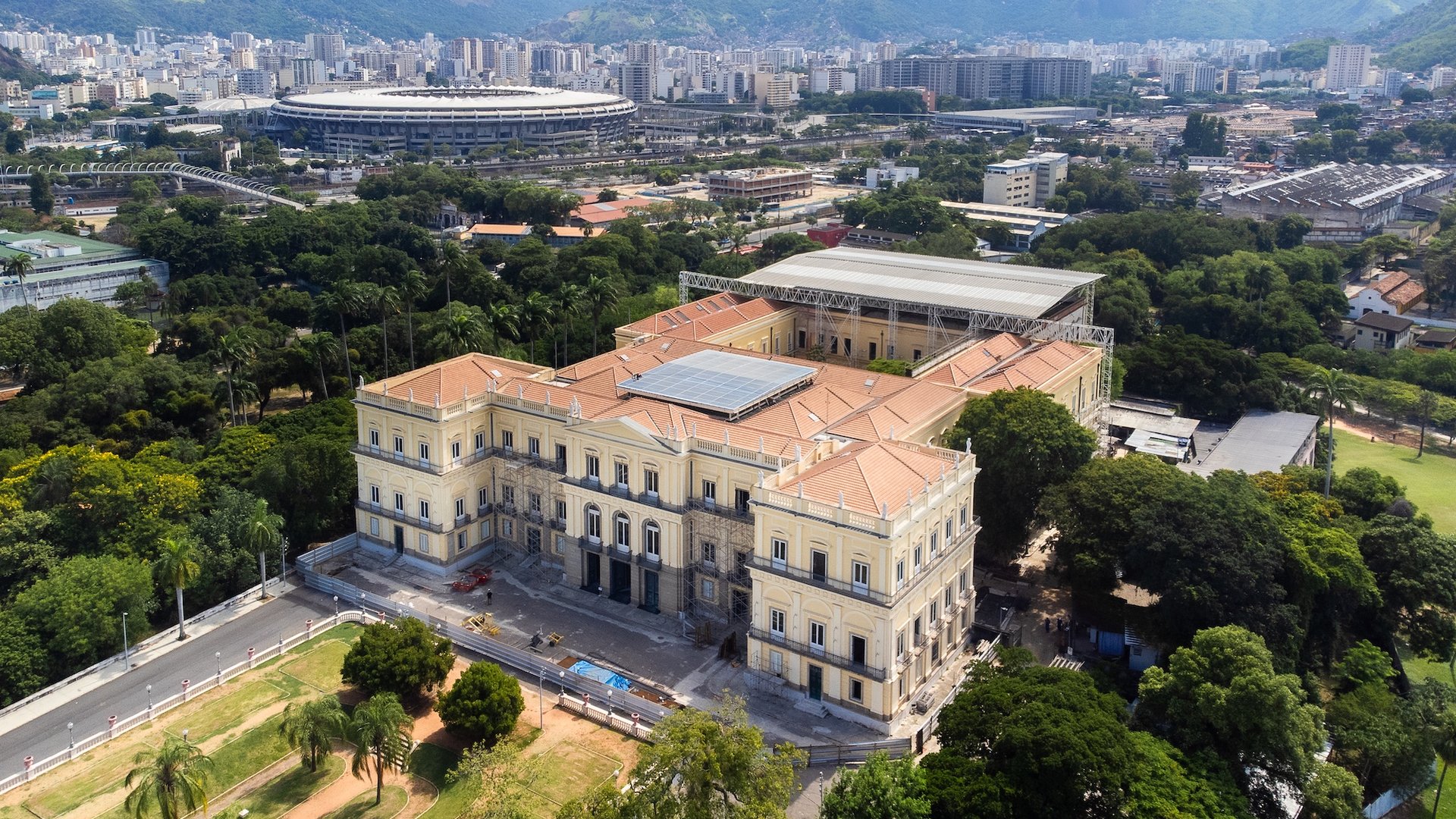
Aerial view of ongoing restoration work at the National Museum of Brazil Photo by Felipe Cohen
Conservators are continuing to work on restoring some of the objects found in the aftermath of the tragedy, including a skull nicknamed “Luzia” that is known as the oldest human fossil ever discovered in Latin America. The skull was thought to have been lost, although some fragments were ultimately discovered in the rubble.
The museum is linked to the Federal University of Rio de Janeiro (UFRJ), the oldest scientific institution in Brazil. The museum’s director, Alexander Kellner, who was appointed the role around six months before the fire, has spearheaded several fundraising projects, including recently securing 5m reais ($980,000) in government funding to restore collections related to archaeology, geology, palaeontology and biology.
“It is not only the first museum founded in Brazil but also the country’s first scientific institution,” Kellner said in a statement. “One of the most crucial aspects for maintaining these teaching and research initiatives is the preservation of the collections.”


